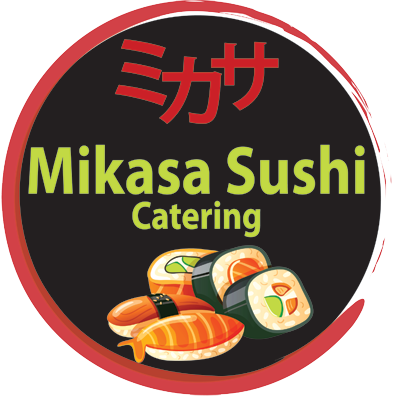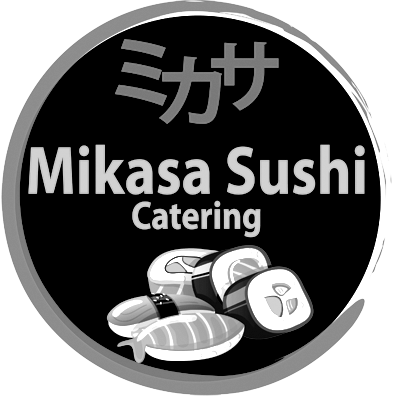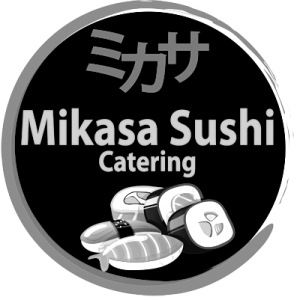There are several practical reasons people cook fish before eating it, rather than simply serving it raw.
Most importantly, cooking kills bacteria and parasites that can cause disease.
Nevertheless, some people prefer the texture and taste of raw fish. It is especially popular in Japan as part of dishes like sushi and sashimi.
But how safe is raw fish? This article reviews the risks and benefits.
Raw fish dishes are growing in popularity. Here are a few examples:
- Sushi: A category of Japanese dishes, sushi is characterized by cooked, vinegared rice and various other ingredients, including raw fish.
- Sashimi: Another Japanese dish that consists of finely sliced raw fish or meat.
- Poke: A Hawaiian salad traditionally made with chunks of raw fish that are seasoned and mixed with vegetables.
- Ceviche: A lightly marinated seafood dish popular in Latin America. It typically consists of raw fish cured in lemon or lime juice.
- Carpaccio: Common in Italy, carpaccio is a dish originally consisting of finely sliced or pounded raw beef. The term may also cover similar dishes consisting of other types of raw meat or fish.
- Koi pla: A Southeast Asian dish consisting of finely chopped raw fish mixed with lime juice and various other ingredients, including fish sauce, garlic, chilis, herbs and vegetables.
- Soused herring: Marinated raw herring that is common in the Netherlands.
- Gravlax: A Nordic dish made up of raw salmon cured in sugar, salt and dill. It is traditionally eaten with mustard sauce.
These dishes are an important part of food culture around the world.











